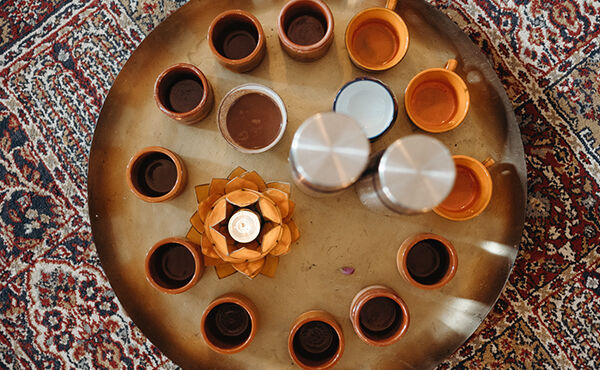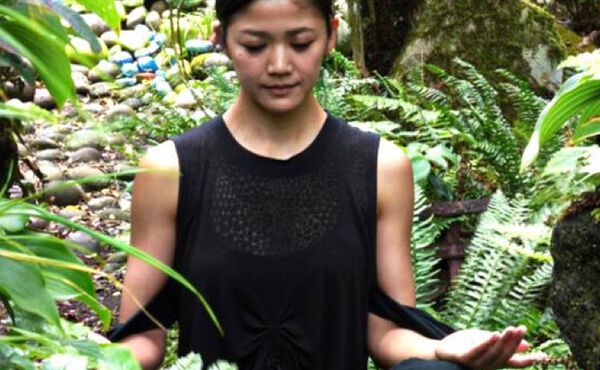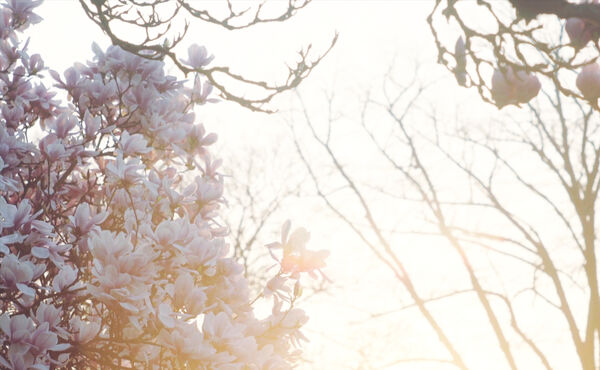People readily profess to talking to their plants to encourage healthy growth and vitality, but would you be so open about talking to your glass of water? What if we told you that by doing so it could make it taste better? How? Because there’s a theory that by exposing water to your emotions you can change its molecular structure which, in turn, will affect how it tastes.
Before you roll your eyes, take heed from what yogi, guru and author, Sadhguru says; “If it comes from the East it’s superstition, if it comes from the West it becomes science.” Invited to talk at some of the world’s most prestigious universities including Oxford, Stanford, Harvard and Yale, even the top dogs of the science world have taken time out to listen to his hypotheses.
When it comes to water, he suggests that without changing the chemical composition you can rearrange the molecules in such a way that the water will behave completely differently. Which is why you want to show it love, respect and gratitude in order to get the most pleasant taste. It’s a concept that has been alive in India for generations, with older family members teaching children not to drink water from just anybody - it must be from those who love and care for them. It’s also why many traditional households in India have a brass vessel which they wash, perform a puja (worship ritual) for and then fill with fresh water.
HE’S NOT THE ONLY ONE
Sadhguru isn’t the only theorist convinced by the power we have over water. Japanese author and Doctor of Alternative science, Masaru Emoto wrote an entire book, ‘The Hidden Messages in Water’ documenting how certain emotional energies could cause changes in water - in both liquid and frozen forms. He came to this conclusion after exposing some ice crystals to words of gratitude, love and appreciation and others to negative language and loathing. Similarly, on one occasion he played classical music to one set of ice crystals and heavy metal to another. The result for both trials was the same - the crystals formed beautiful shapes and patterns after being serenaded by classical tunes and loving words while those exposed to heavy metal and bad vibes formed chaotic ‘ugly’ shapes.
Interestingly, in 2016 a double-blind test was carried out by the Institute of Noetic Sciences in which 2000 people in Tokyo focused positive intentions towards water samples in an electromagnetically shielded room in California. Unaware of similar water samples dotted elsewhere the results were blindly assessed for aesthetic appeal by 100 independent judges and it was found that those which were most aesthetically pleasing were those that had been controlled from afar.
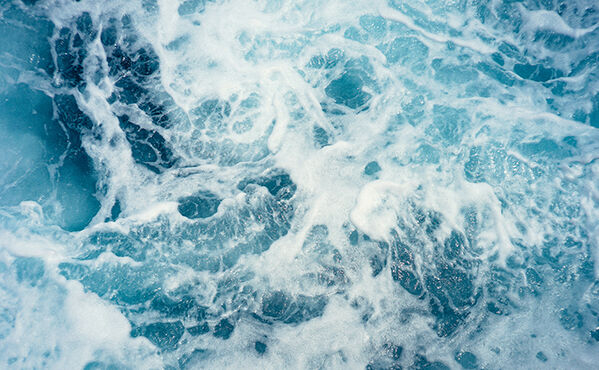
THE TASTE TEST
Another one of Emoto’s tests was the ‘rice’ experiment. Placing portions of cooked rice in two containers on one he wrote ‘thank you’ and the other he wrote ‘you fool’. He then asked school children to read the labels out loud every time they passed them. After 30 days, the rice in the positive thought container had barely changed, the other was rotten and mouldy.
It’s something that British chef, Heston Blumenthal - famed for his scientific culinary experiments and multi-sensory experiences - is currently investigating after attending the World Water Congress where Emoto’s assistant presented. Trying to prove that if our emotions can physically change the consistency of water, it could therefore change the taste of his food. So far, he has been doing gratitude experiments with three jars of rice, filled with the same rice and the same water. Every morning he or his team give one jar positive intent and love, the other jar is told its hated and the third jar is ignored. After doing the experiment five times already he reports the results are always the same - the rice with gratitude is slightly golden and sweeter; the abused rice smells like gone-off cheese and the rice that’s been ignored is the worst of all. He admits it’s a humungous and ‘out there’ subject but one he’s willing to persevere with.
IS THIS THE SAME AS WATER MEMORY?
Essentially yes, as it leans towards the fact that water molecules are ‘active’ which is why they can retain a ‘memory’ of certain things they’re exposed to. For example, Emoto filled petri dishes with water and placed them onto different photos for 24 hours before freezing them. Within the ice crystals that appeared were the outlines of the photos. Professor Bernd Kröplin also investigated the potential of water memory and found that an image of a flower and an image of salad remained in the water after those objects had been immersed in it.
The experience and environment that the water has been exposed to could play a part too, according to Emoto. Continually moving through the cycle of evaporation, condensation, precipitation and running into the sea and streams, he believed that fresh water from a lake or pure mountain stream produced more beautiful ice crystals than those produced by water from a polluted pool or water that had been exposed to chemicals, metal pipes and plastic.
IS THERE SCIENTIFIC BACK-UP?
Emoto and Kröplin have been dubbed as pseudo-scientists that only seek validation, rather than trying to prove his claims as false. Emoto himself acknowledged he wasn’t a scientist and that the photos for his exhibition were chosen as the most aesthetically pleasing. Some also say that some of the water in his experiments would have been combined with other substances - natural or chemical - which could have caused such irregular patterns of freezing.
However, there continues to be more experiments around water. The fact that the earth is 70% water, and so are we, has got scientists captivated. More recent findings from New York University in 2018 found that on cooling water down, the hydrogen atoms become mobile and could hop from one molecule to another - something that had been dismissed before. Which comes back to Sadhguru’s point of how water’s molecular structure can change. The question is, is it just temperature or talking that has the power to make it do so…
.jpg?sw=1440&sh=445&sm=fit&cx=0&cy=0&cw=1440&ch=445&sfrm=jpg)
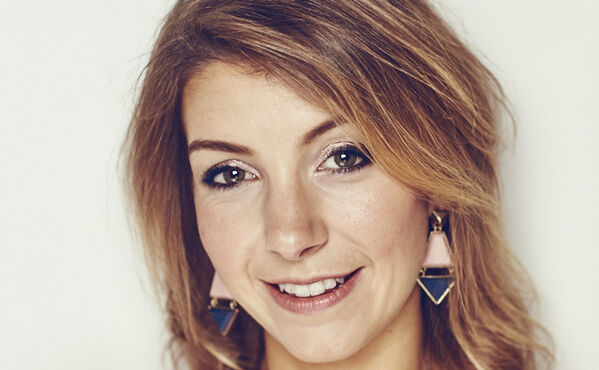
.jpg?sw=600&sh=370&sm=fit&cx=0&cy=0&cw=600&ch=370&sfrm=jpg)

